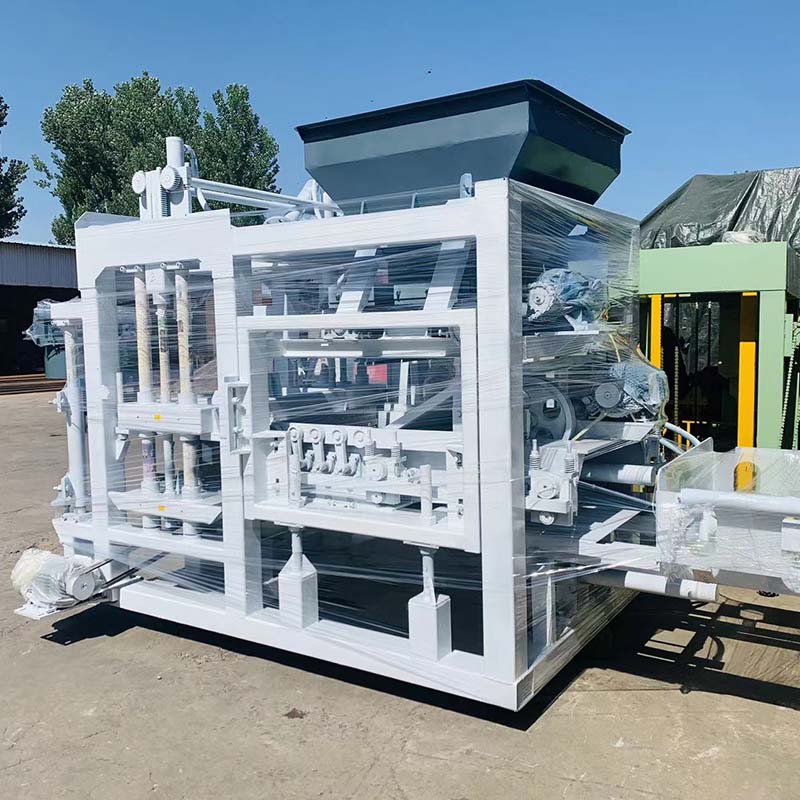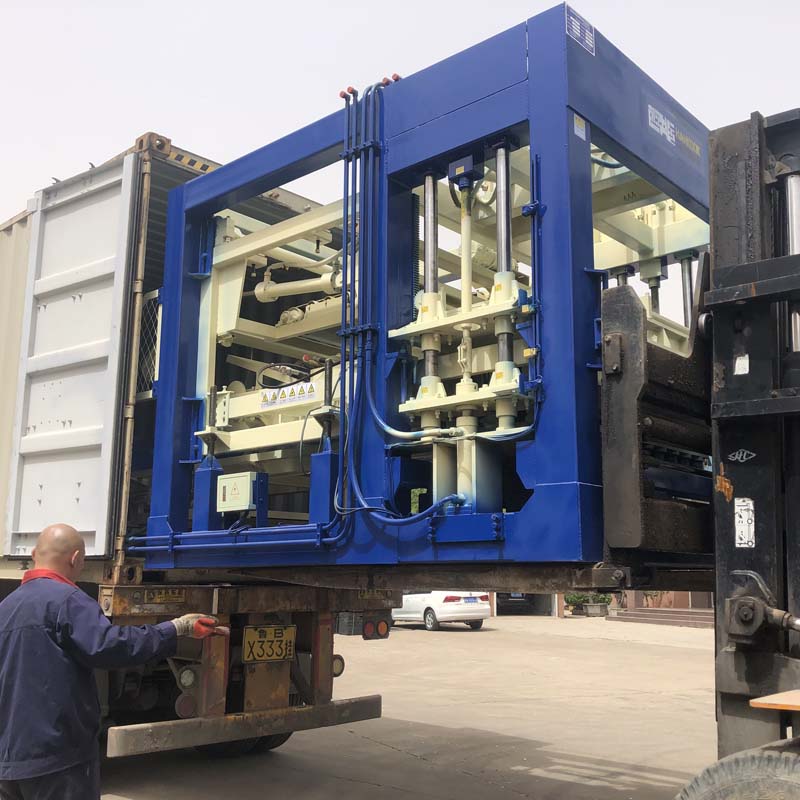
Africa, a continent rich in natural resources and diverse cultures, is experiencing rapid urbanization and infrastructure development. As a result, the demand for building materials, especially bricks, has been increasing significantly. In this context, the use of large-scale automatic and semi-automatic brick-making machines holds immense potential for African countries.
Analysis of the Prospects for the Use of Large-scale Automatic and Semi-automatic Brick-making Machines in African Countries
Firstly, the automation of brick-making processes offers significant advantages in terms of efficiency and productivity. Automatic and semi-automatic machines can produce bricks at a much faster rate compared to traditional manual methods, thereby meeting the growing demand for bricks in African markets. This not only reduces labor costs but also ensures consistent quality and uniformity in the bricks produced.
Secondly, the use of these machines can contribute to the sustainable development of African countries. By utilizing local raw materials such as soil, sand, and stone, the machines can produce bricks that are environmentally friendly and cost-effective. This reduces the dependency on imported building materials, which can be expensive and unsustainable in the long run.
Moreover, the introduction of automated brick-making machines can create job opportunities and enhance skills development in African communities. Training local workers to operate and maintain these machines can lead to the creation of a skilled workforce that can contribute to the economic growth of the region.

However, it is important to note that the successful implementation of these machines in African countries requires careful consideration of local conditions and needs. Factors such as availability of raw materials, power supply, and the cost of the machines themselves need to be taken into account. Additionally, the cultural and social aspects of brick-making should also be addressed to ensure that the introduction of these machines is well-received and beneficial to the local communities.
In conclusion, the use of large-scale automatic and semi-automatic brick-making machines holds great promise for African countries. They offer improved efficiency, productivity, and sustainability in the production of bricks, while also contributing to job creation and skills development. With careful planning and consideration of local conditions, these machines can play a crucial role in supporting the infrastructure development and urbanization of African nations.

